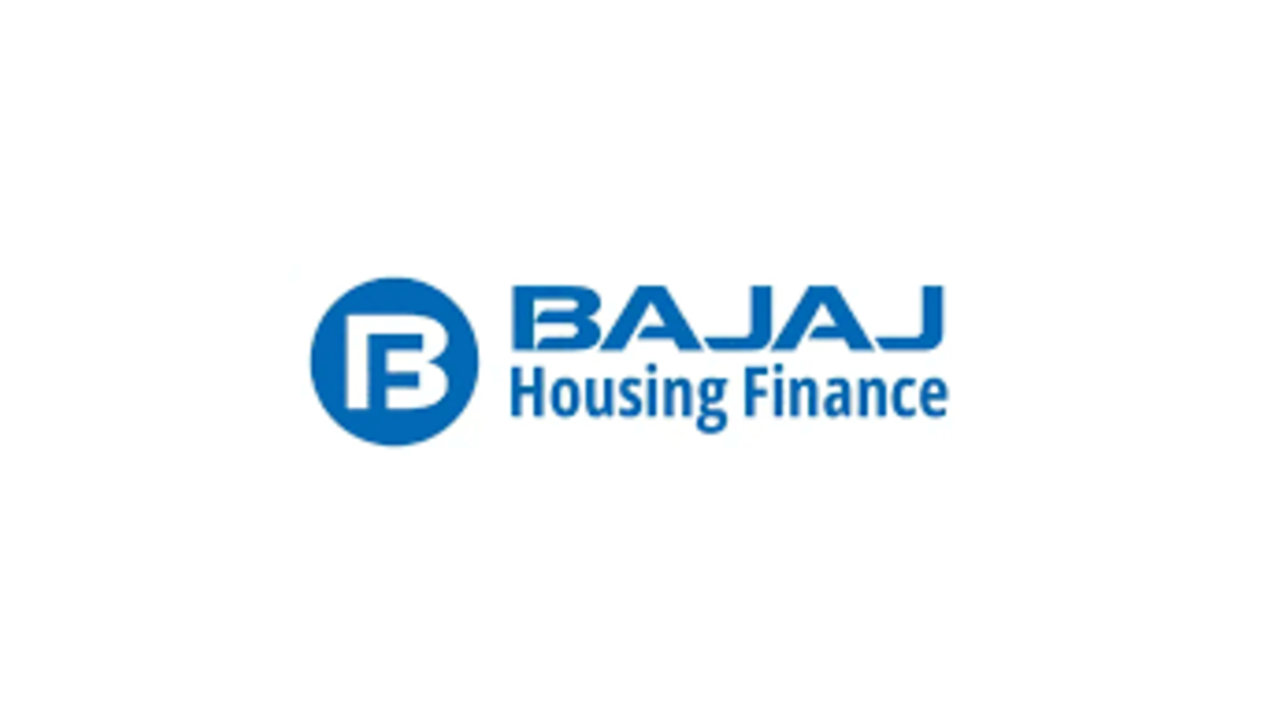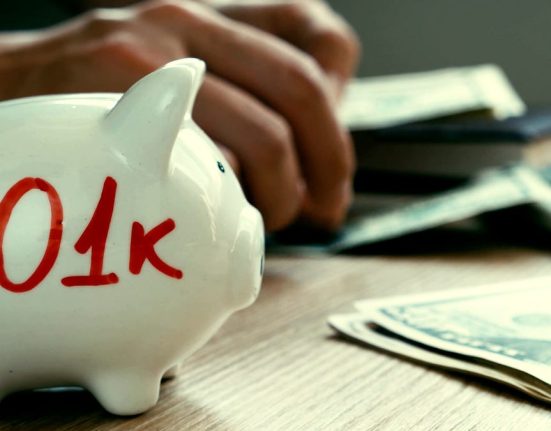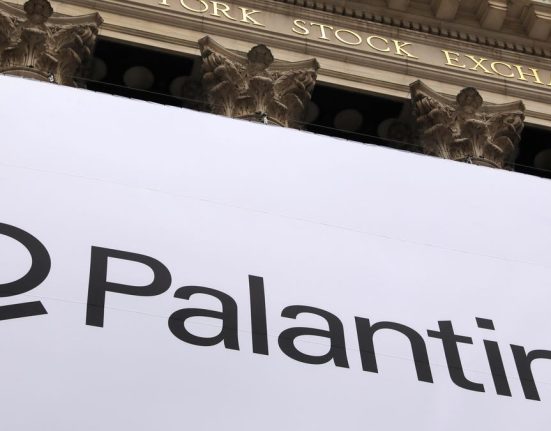
At one point, Bajaj Finance hit Rs 897.65, reflecting a sharp reaction from investors to what appeared to be red flags hidden beneath solid headline numbers.
Shares of Bajaj Finance nosedived over 6 per cent in early trade on Friday, hitting an intraday low of Rs 898.10, despite reporting robust financial results for the first quarter of FY26. The stock was down 5.42 per cent at Rs 907 on the BSE by 9:28 AM, while its parent firm Bajaj Finserv also declined nearly 5 per cent.
At one point, Bajaj Finance hit Rs 897.65, reflecting a sharp reaction from investors to what appeared to be red flags hidden beneath solid headline numbers.
Q1 Highlights: Solid Growth Across Metrics
- Consolidated Net Profit: Rs 4,765 crore, up 22% YoY
Despite this stellar performance, the market sentiment was tempered by rising credit stress and provisioning levels, leading to fears over asset quality.
Why the Stock Fell: Asset Quality Worries
The biggest concern for investors was the deterioration in asset quality, evidenced by:
- Gross NPA (GNPA): Rose to 1.03%, up from 0.86% last year
“The rise in provisioning and credit costs has overshadowed the impressive growth figures,” said an equity research analyst at a leading Mumbai brokerage. “The street is pricing in future stress, particularly in unsecured lending and consumer credit segments.”
Capital Position Remains Strong
Despite the headwinds, Bajaj Finance’s balance sheet remains well-capitalised:
Capital Adequacy Ratio (CRAR): 21.96%
This strong capital buffer gives the company breathing room to navigate the rising stress in its loan book.
What Investors Should Watch
While Bajaj Finance continues to deliver on growth and profitability, the quality of its lending book will remain under intense scrutiny in upcoming quarters. The market is particularly cautious about:
Analysts warn that while current metrics remain strong, any worsening of asset quality could force the company to slow disbursements, hurting future earnings momentum.






